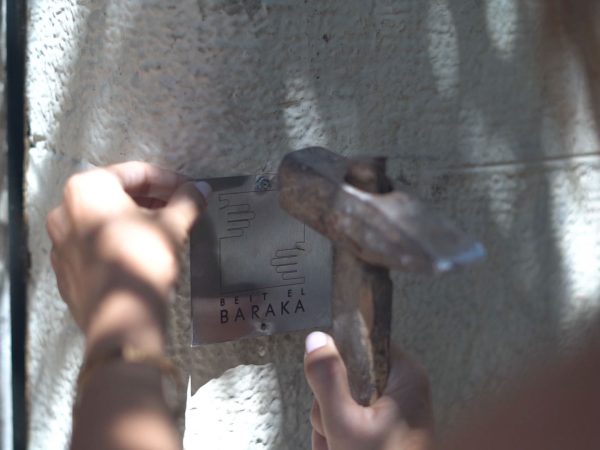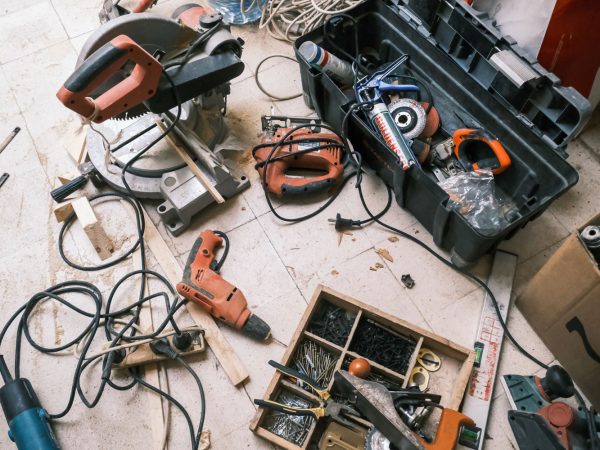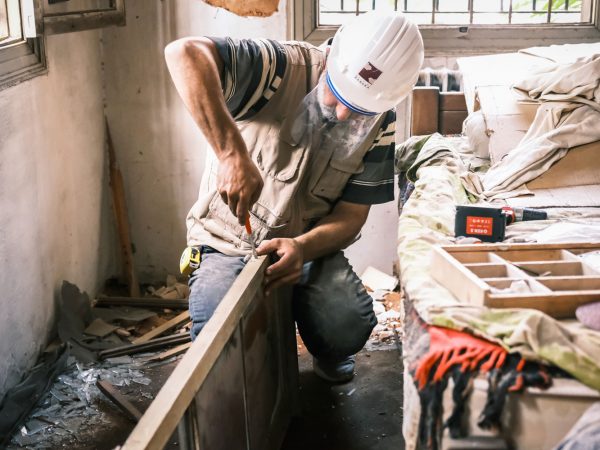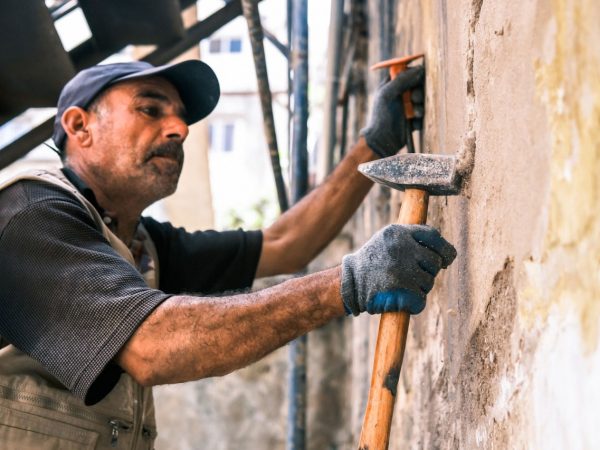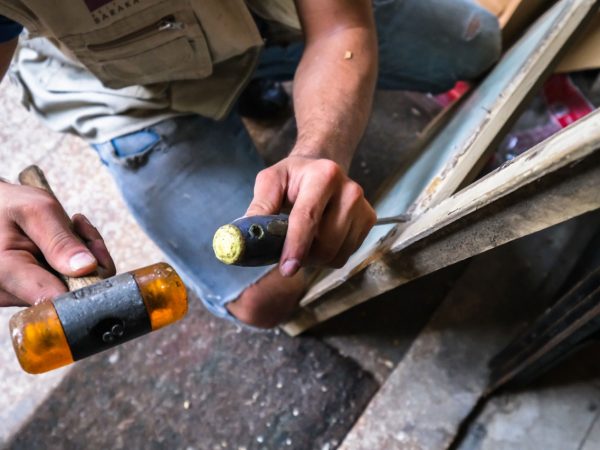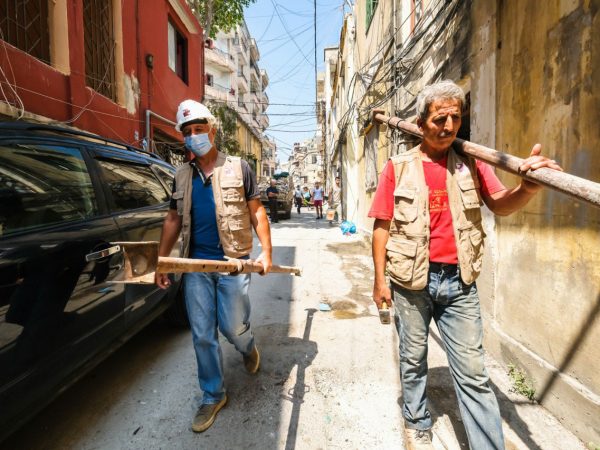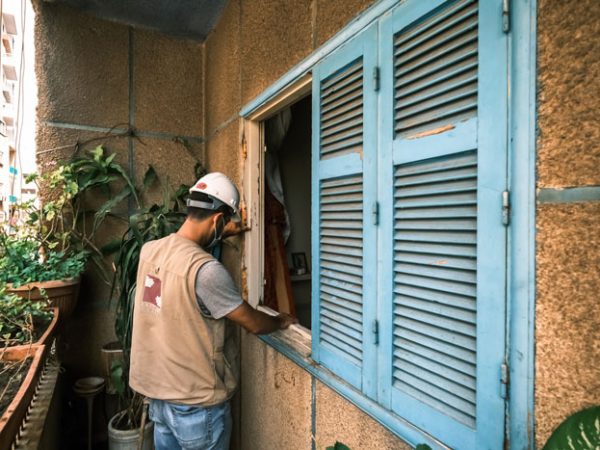Beirut My First Emergency
There’s the pre-August 4 Lebanon that the world was already pitying for its dooming three-dimensional crisis of economic collapse, inflation, and Coronavirus pandemic.
Then there’s the Lebanon of after August 4, where the atrocities of a humanitarian tragedy came to add to all that.
When we, at Beit el Baraka, thought the livelihood crisis Lebanon was already facing couldn’t get any worse, a nuclear-magnitude explosion happened in the heart of Beirut, leaving 300,000 people homeless and traumatized.
Our first immediate initiative consisted in creating an emergency relief center next to our free supermarket in Achrafieh. The space became the center of our operations where a team of volunteers was working around the clock to run our home rehabilitation program.
Restoring the homes of destitute Lebanese families has been one of the main missions of Beit el Baraka since the start. However, the responsibility that lies on our shoulders today is bigger than ever with countless families becoming homeless following Beirut’s massive explosion.
Our emergency home rehabilitation program was instantly launched with the objective of repairing as many homes as possible in the devastated areas around the Beirut harbor.
As soon as the explosion happened, Beit el Baraka’s team was mobilized to define the city sectors where the most damaged buildings would be identified. The second step consisted in securing the donations that would allow refurbishing the window frames and facades of houses with respect to their initial design, traditional charm, and to the urban aesthetics of their areas. All houses renovated by Beit el Baraka would be marked out by a signage placed below every respective building.
In parallel, a big team of volunteers supported Beit el Baraka in registering the families and individuals who suffered damage. Entrepreneurs and volunteers teamed up to go check the damaged houses and assess the amount of money needed to repair them and allow their owners to live and sleep in safe environments. The process was completed by legal paperwork that specified the amount of cash money needed to repair each house, keeping track of all transactions and expenditure.

